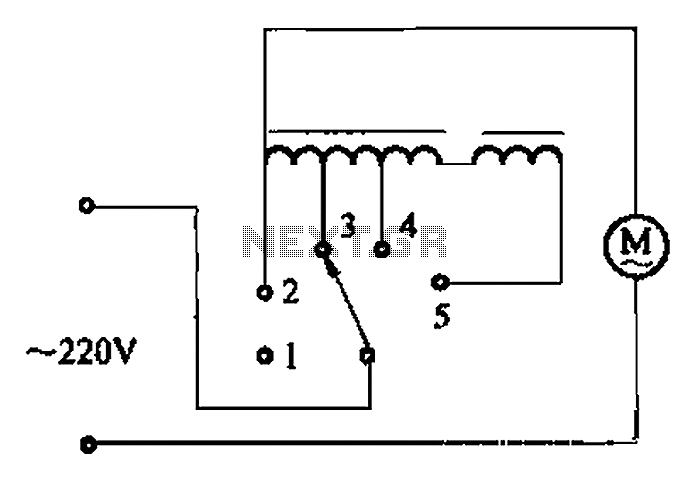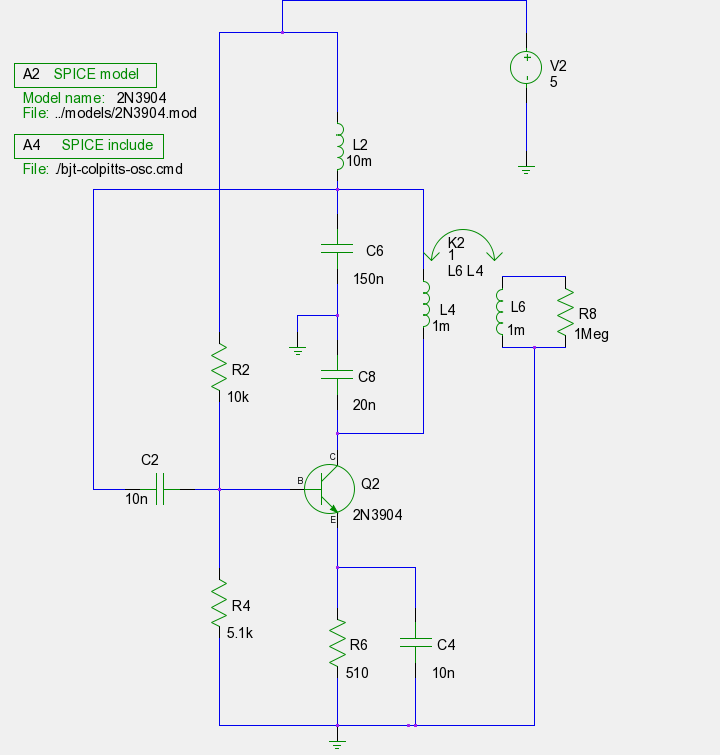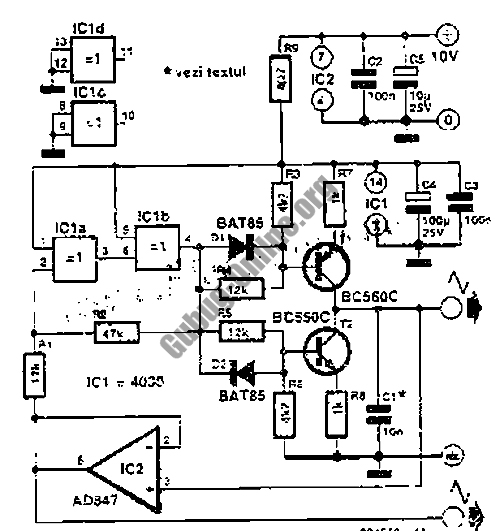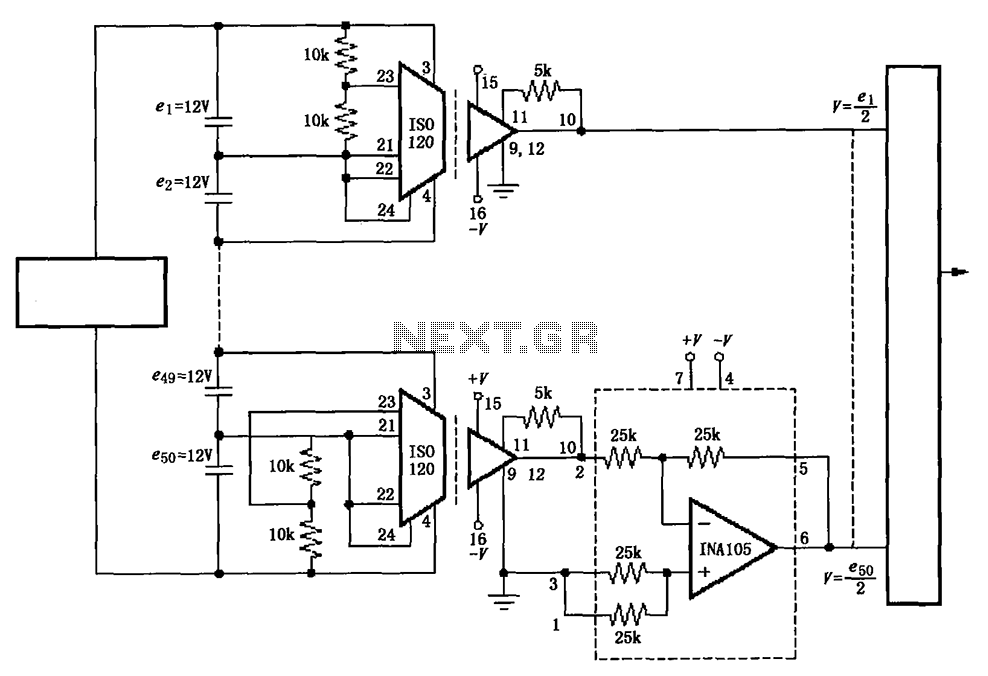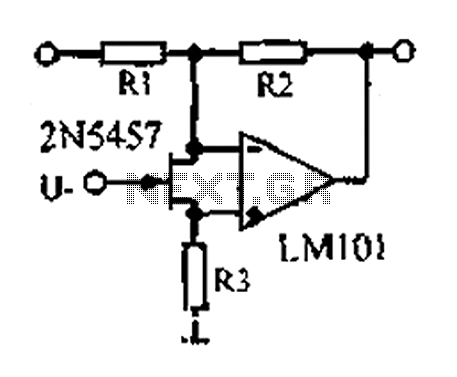
Clever Car alarm circuit

When this car alarm circuit is activated, it remains active for 80 seconds. There is a 15-second delay for the driver to enter and deactivate the alarm. All timings can be easily modified. The circuit utilizes two NE555 timers, allowing for straightforward adjustments to the delays by changing a few capacitors and/or resistors. It also includes one 2N3906 transistor and two 2N2222 transistors.
The car alarm circuit is designed to enhance vehicle security by utilizing a timing mechanism to control the activation and deactivation of the alarm system. The core of this design is based on two NE555 timer integrated circuits (ICs), which are configured in monostable mode to create precise timing intervals.
The first NE555 timer is configured to generate the initial delay of 15 seconds once the alarm is triggered. During this period, the driver has the opportunity to enter the vehicle and deactivate the alarm before it fully engages. The timing can be adjusted by varying the resistance and capacitance values connected to the timer, allowing for customization based on user preferences or specific installation requirements.
Once the 15-second delay expires, the alarm becomes fully active, and the second NE555 timer takes over to maintain the alarm state for a total duration of 80 seconds. This timer is also adjustable, ensuring flexibility in how long the alarm remains active before it automatically resets. Again, the timing can be modified by changing the associated resistors and capacitors.
The circuit employs a combination of transistors for driving the alarm system. The 2N2222 transistors are typically used as switching devices to control the alarm output, while the 2N3906 transistor may be utilized for additional control functions within the circuit, such as managing the power supply to the alarm or interfacing with other components.
Overall, this car alarm circuit is both versatile and easy to modify, making it suitable for a variety of applications in vehicle security systems. The use of standard components and well-documented ICs ensures that the design can be replicated and adapted for different scenarios, providing effective protection against unauthorized access.When this car alarm circuit is activated it stays activated for 80 seconds. It has 15 seconds delay for the driver to enter and deactivate. and All timmings can be altered easilly... The circuit uses two NE555 timers so its easy to alter the delays by changing few capacitors and/or resistrors. One 2N3906 and two 2N2222.
The car alarm circuit is designed to enhance vehicle security by utilizing a timing mechanism to control the activation and deactivation of the alarm system. The core of this design is based on two NE555 timer integrated circuits (ICs), which are configured in monostable mode to create precise timing intervals.
The first NE555 timer is configured to generate the initial delay of 15 seconds once the alarm is triggered. During this period, the driver has the opportunity to enter the vehicle and deactivate the alarm before it fully engages. The timing can be adjusted by varying the resistance and capacitance values connected to the timer, allowing for customization based on user preferences or specific installation requirements.
Once the 15-second delay expires, the alarm becomes fully active, and the second NE555 timer takes over to maintain the alarm state for a total duration of 80 seconds. This timer is also adjustable, ensuring flexibility in how long the alarm remains active before it automatically resets. Again, the timing can be modified by changing the associated resistors and capacitors.
The circuit employs a combination of transistors for driving the alarm system. The 2N2222 transistors are typically used as switching devices to control the alarm output, while the 2N3906 transistor may be utilized for additional control functions within the circuit, such as managing the power supply to the alarm or interfacing with other components.
Overall, this car alarm circuit is both versatile and easy to modify, making it suitable for a variety of applications in vehicle security systems. The use of standard components and well-documented ICs ensures that the design can be replicated and adapted for different scenarios, providing effective protection against unauthorized access.When this car alarm circuit is activated it stays activated for 80 seconds. It has 15 seconds delay for the driver to enter and deactivate. and All timmings can be altered easilly... The circuit uses two NE555 timers so its easy to alter the delays by changing few capacitors and/or resistrors. One 2N3906 and two 2N2222.
